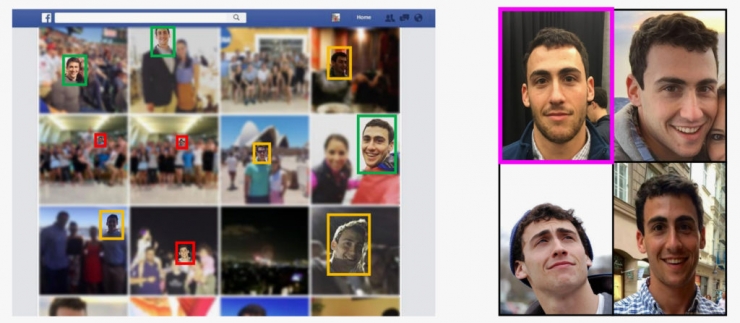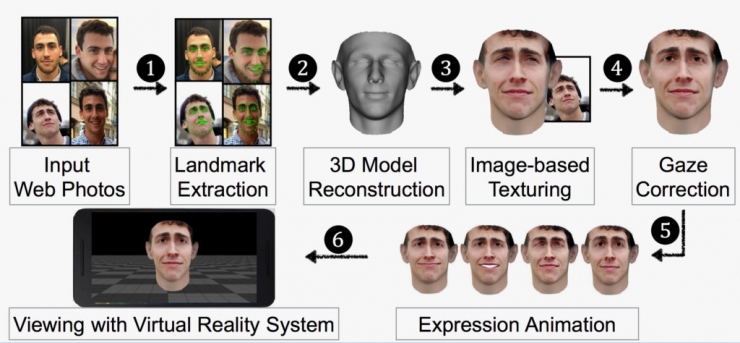
As people pay more and more attention to information security, fingerprint unlocking, face unlocking, and iris unlocking technologies are becoming more and more popular in various consumer-grade electronic products, almost becoming a standard addition to passwords. There has been controversy regarding the safety and convenience of the two parties. At present, no unified conclusion has been formed. Recently, a research team from the University of North Carolina used a few pictures to vote for face recognition.
According to foreign media reports, a research team from the University of North Carolina recently used a number of photos collected on social media (Facebook) to generate a flat 3D model for display on mobile phones using special computer synthesis and rendering techniques. . They then used this model for testing and found that as many as 4/5 of the tested security systems could be easily deceived within 55% to 85% of the measured time. What's more, the photos they can collect on Facebook are very limited and their quality is not guaranteed. Some of them are only 45-degree-angled faces.

According to the team’s introduction, just like real hackers and stalkers, they collected a total of 20 volunteers’ photos posted on social media, and then made facial 3D models of each volunteer based on these photos, adding facial expressions and Blinking eyes and other small movements make the model look like staring at the camera. More crucially, because the quantity and quality of photographs cannot be guaranteed, scientists have also had to “man-made†some of the information lost in photographs, such as shadows in the photographs, folds in facial expressions, etc. The most extreme example is that several volunteers only published two or three photos on social media, and the pixels are still very low.
On how to avoid hackers using similar means to obtain user data, a researcher at the team stated at Usenix Security Conference: At present, some vendors can use additional hardware devices to avoid similar situations, such as Tobii’s Microsoft Windows face Recognition system launched eye tracking camera. But at present, this way of adding additional hardware may increase the cost of the security system, whether consumers can accept it, and manufacturers must further consider.
In addition, the real face will emit infrared radiation, and the photo or 3D model will not be true or false. Using this idea, you can also do some evasive measures in safety, to prevent hackers from using similar methods for malicious attacks.
For the specific implementation of the algorithm, please click the link , you can see the original paper
Related Reading:
Millet black technology, "run points" first face detection algorithm in the end how?
The Application of Deep Learning in Face Recognition——The Evolution of Grandma Grandmother Model
From abstract to concrete, researchers use neural networks to transform sketches into photos
Aluminum-cased Electric Projection Screen
4-definition image quality, high-definition resolution of natural field of view, equipped with HDR high dynamic range image resolution, improving image contrast, wider open angle, consistent and clear visibility of images seen from different positions, as if you are in person.
Aluminum-Cased Electric Projection Screen,Hd Aluminum Shell Electric Projection Screen,Home Motorized Projector Screen,Motorized Electric Hd Projection Screen
Jiangsu D-Bees Smart Home Co., Ltd. , https://www.cI-hometheater.com
